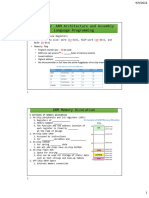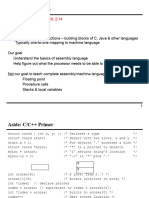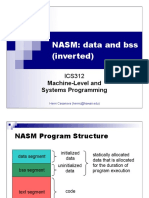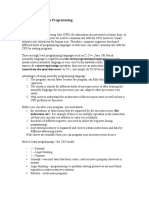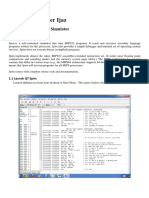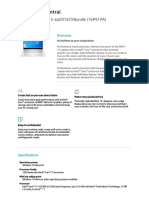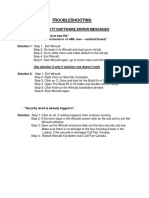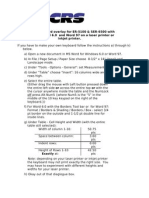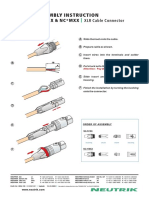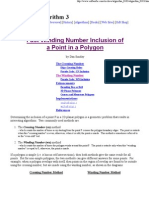0% found this document useful (0 votes)
114 views9 pagesSNUVM2 Reference Manual
SNUVM is a simple virtual machine that executes assembly code similar to ARM. It is written in Java and requires the Java Runtime Environment. The document provides details on the assembly instructions and directives for SNUVM, including instructions for arithmetic, logical, and control flow operations as well as memory access. It also describes the memory layout and alignment rules for SNUVM code and examples.
Uploaded by
Jeongho NahCopyright
© Attribution Non-Commercial (BY-NC)
We take content rights seriously. If you suspect this is your content, claim it here.
Available Formats
Download as PDF, TXT or read online on Scribd
0% found this document useful (0 votes)
114 views9 pagesSNUVM2 Reference Manual
SNUVM is a simple virtual machine that executes assembly code similar to ARM. It is written in Java and requires the Java Runtime Environment. The document provides details on the assembly instructions and directives for SNUVM, including instructions for arithmetic, logical, and control flow operations as well as memory access. It also describes the memory layout and alignment rules for SNUVM code and examples.
Uploaded by
Jeongho NahCopyright
© Attribution Non-Commercial (BY-NC)
We take content rights seriously. If you suspect this is your content, claim it here.
Available Formats
Download as PDF, TXT or read online on Scribd
/ 9





